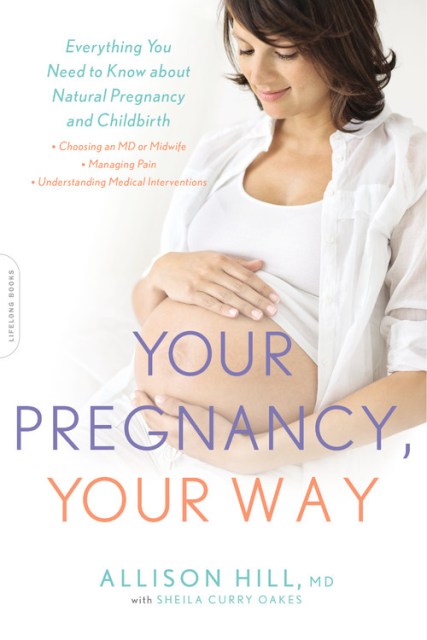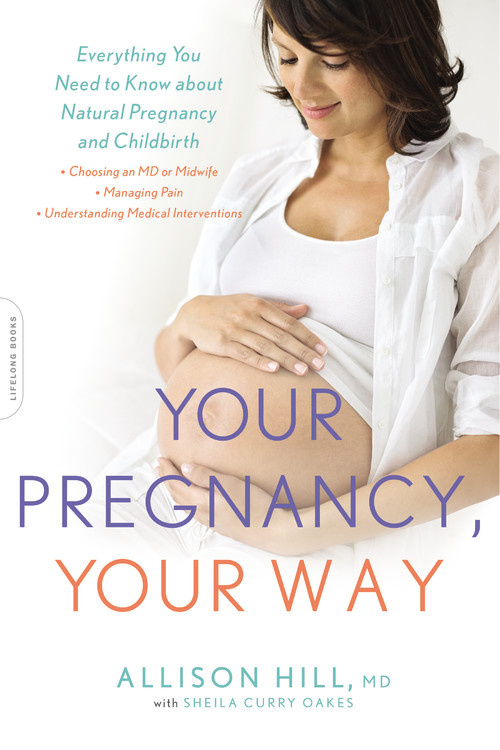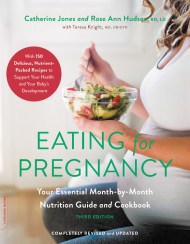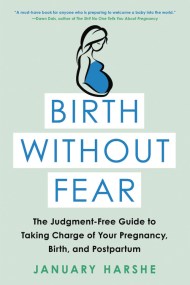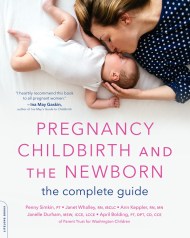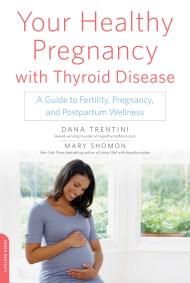Promotion
Use code MOM24 for 20% off site wide + free shipping over $45
Your Pregnancy, Your Way
Everything You Need to Know about Natural Pregnancy and Childbirth
Contributors
By Allison Hill
With Sheila Curry Oakes
Formats and Prices
Price
$16.99Price
$22.49 CADFormat
Format:
- Trade Paperback $16.99 $22.49 CAD
- ebook $10.99 $13.99 CAD
- Audiobook Download (Unabridged)
This item is a preorder. Your payment method will be charged immediately, and the product is expected to ship on or around April 11, 2017. This date is subject to change due to shipping delays beyond our control.
Also available from:
As an OB/GYN, Dr. Allison Hill has delivered thousands of babies; as a mom, she’s given birth to her own two children. Hill has a unique perspective on the many questions moms have surrounding pregnancy and childbirth-especially when it comes to “going natural.” Drawing on her twenty years of expertise as well as current medical data, she weighs the pros and cons of the range of options available-hospital or birthing center; MD or midwife. Covering everything from understanding a doctor’s bias to medical interventions (what’s necessary-and what’s not) to home births, Hill debunks common myths and provides insight into hot-button issues and a keen look into why doctors do what they do. Your Pregnancy, Your Way helps parents-to-be achieve a safe and healthy delivery.
Genre:
- On Sale
- Apr 11, 2017
- Page Count
- 368 pages
- Publisher
- Da Capo Lifelong Books
- ISBN-13
- 9780738219103
Newsletter Signup
By clicking ‘Sign Up,’ I acknowledge that I have read and agree to Hachette Book Group’s Privacy Policy and Terms of Use
